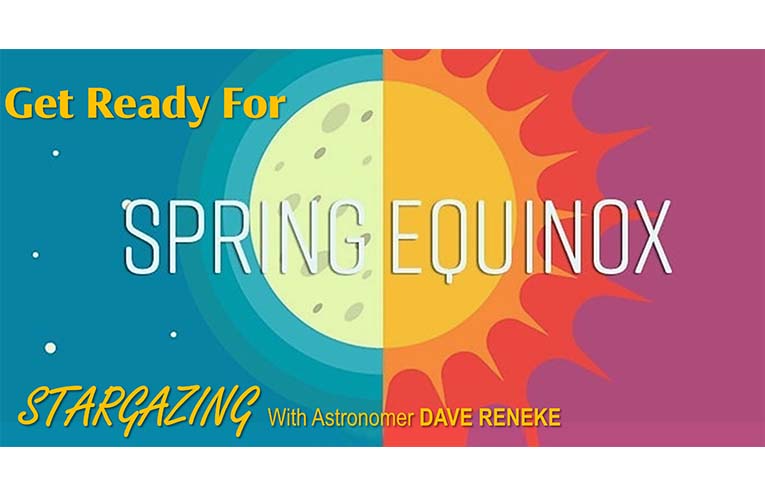
SEPTEMBER Equinox marks the arrival of the first day of spring in the Southern Hemisphere.
That’s why in the earth’s southern areas, the September Equinox is known as the Spring Equinox.
It takes place on Sunday, 22 September, just after 7:30am for us here in Australia.
There are two ways to practically observe the first day of spring.
First, you’ll feel that the weather starts to turn warmer, trees begin to grow their leaves, plants start to flower and you notice that the days are getting longer and the nights are getting shorter.
After this the sun starts to move southward, the days will become longer still with each passing day.
What is spring known for?
Well, it’s almost folkloric!
Spring is known for life.
It’s the season of rebirth, joy, and love.
Spring is the one season that shows, in stark terms, how good always triumphs over evil, light over darkness, life over death.
Ah… if life was only like that!
Spring for many is a symbol of new beginnings.
When the first green emerges from the ground and the first bud opens, people the world over celebrate life’s triumph over death.
Why call it spring?
Simple, it’s because plants started ‘springing’ from the ground.
Early folk called it ‘springing time’.
The word “equinox” has an interesting meaning.
It comes from the Latin for “equal” and “night.”
As the sun crosses the equator (Earth’s midline), the hours of daylight and nighttime are very nearly equal.
The equinoxes are the only times when the sun rises directly due east and sets directly due west for everyone on earth.
The spring equinox isn’t just a celestial event; it has fascinating effects on people and society.
As day and night balance out, many people experience a boost in mood and energy, driven by increased daylight and the promise of warmer weather.
This surge in positivity often leads to spring cleaning and a general feeling of renewal.
In Australia, the spring equinox ushers in the start of our warmer months and is marked by the iconic migration of humpback whales, which travel along the coast from Antarctic feeding grounds to northern breeding grounds.
In Melbourne, the equinox is a time when the city’s gardens burst into colour, hosting vibrant flower festivals.
Interestingly, the equinox can also influence animal behaviour; for example, certain birds and insects ramp up their activity, taking advantage of the extended daylight to find mates and food.
Spring is also a time for love.
Late spring and autumn record the greatest number of weddings held, while December is the most popular time to get engaged.
It’s in the air too.
Due to the increased moisture in the air, our sense of smell can be more acute in spring, so this is the best time to wear your favourite perfume.
Wiggle, yawn, stretch.
I can practically hear my houseplants going through the motions as the days get longer and are filled with increasing sunlight.
After an entire winter of being hunkered down, most of them are showing signs of activity, and it’s an exciting indication of what’s to come.
Before long, they’ll all be alive with new vim and vigour.
In nature, plants work in tandem with the seasons to ensure they are ready to transition to the next one.
So, what can you see in the night sky this spring?
Let’s start with one of the easiest to find yet most rewarding objects tonight, the moon.
Its rugged craters, high mountains, and vast ‘seas’ offer some of the finest details to be found in any astronomical target.
It changes every night as the terminator, the line between sunset and shadow, progresses over the surface, revealing new details.
During the 1950’s the USA actually considered detonating a nuclear bomb on the moon.
The secret project was during the height of the cold war and meant as a show of strength at a time America was lagging behind in the space race.
True!
For more stories visit my website www.davidreneke.com
By Dave RENEKE, Astronomer